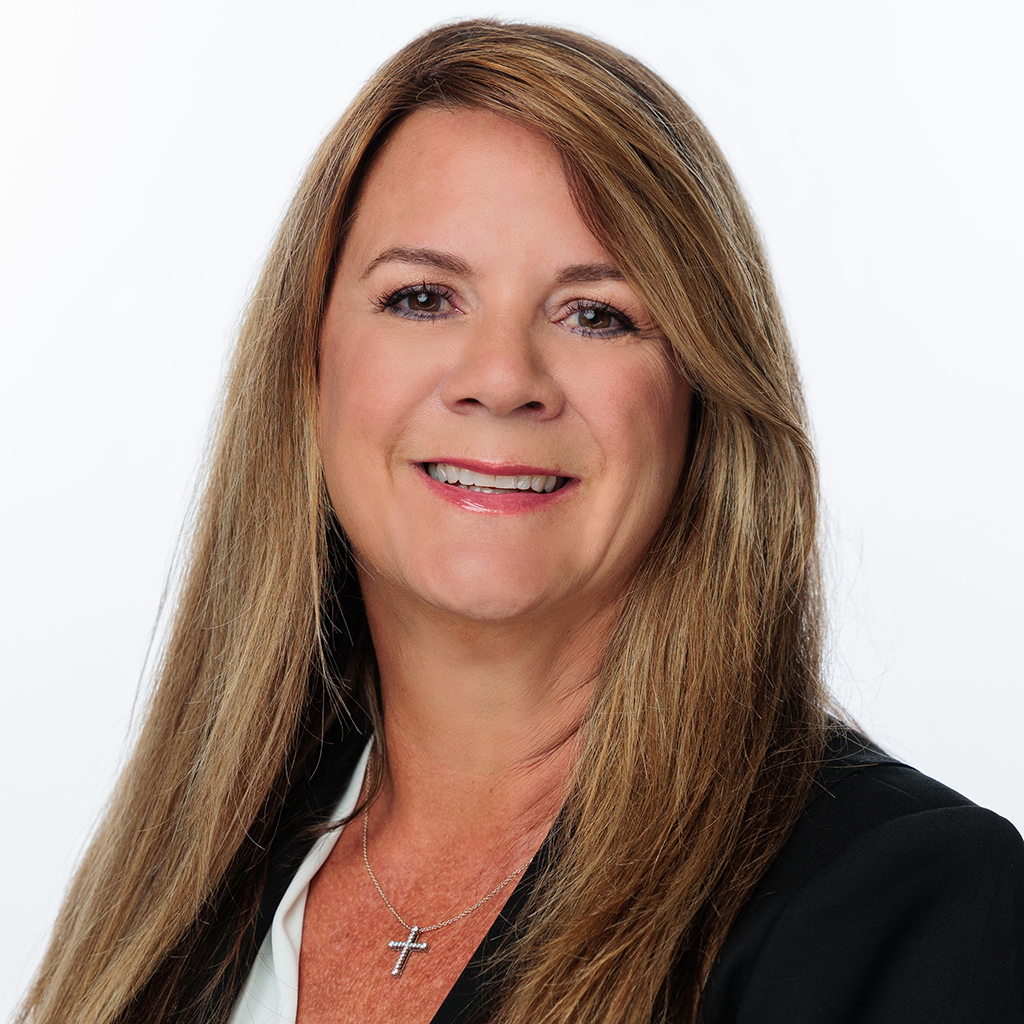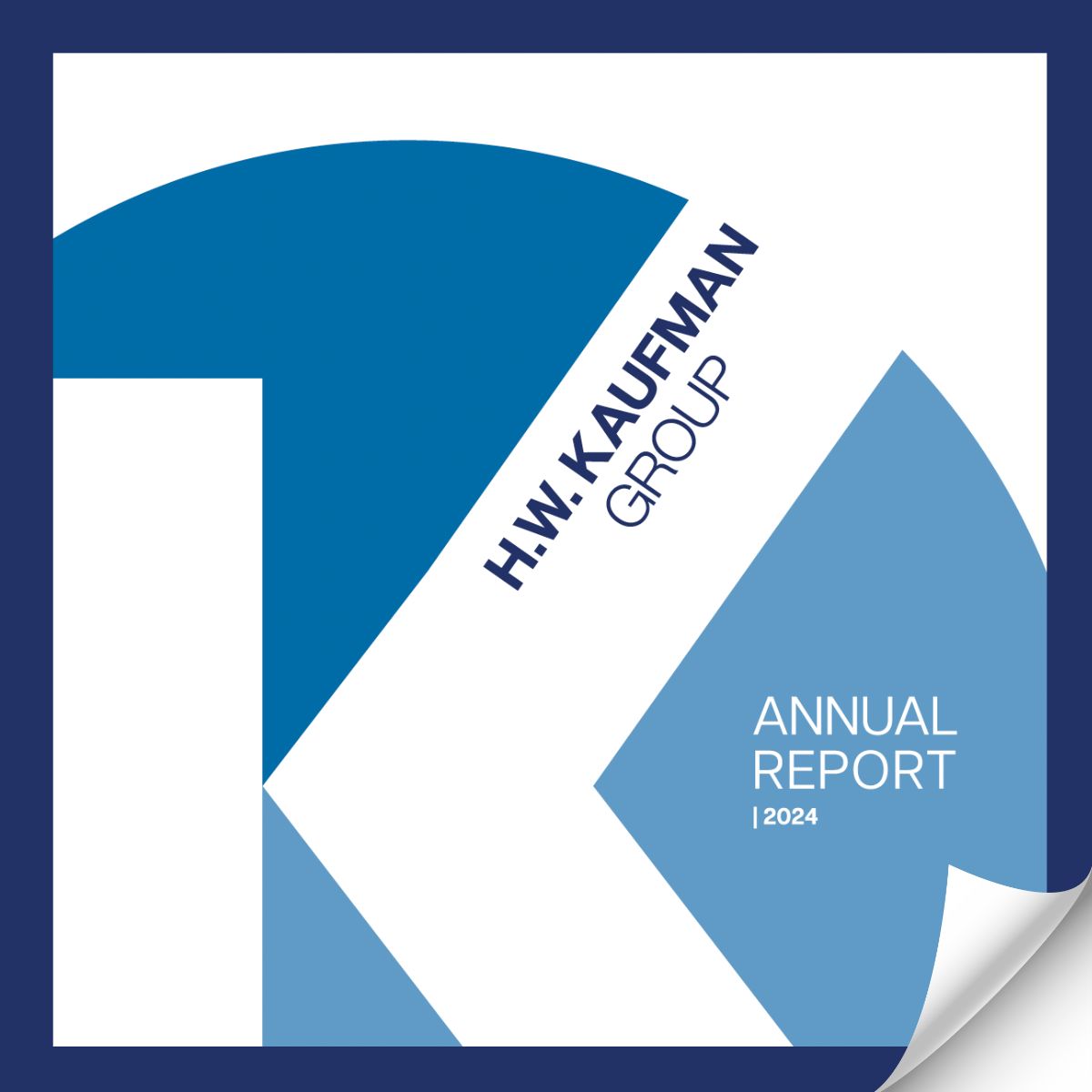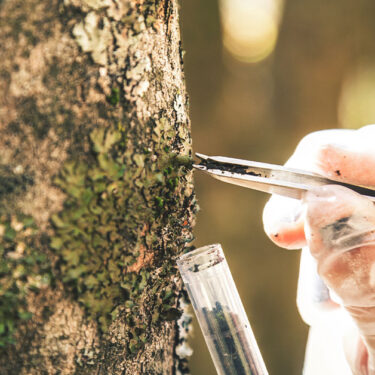An 11-mile-long oil slick in the Gulf of Mexico is one of more than 2,000 reports of water pollution being investigated by authorities in Louisiana after Hurricane Ida tore through the state on Aug. 29. The ruptured pipeline is located just south of oil and gas hub Port Fourchon, where the Category 4 storm caused significant damage and forced the days-long shutdown of multiple oil and gas platforms.
Further inland, hurricane-related flooding and power outages at industrial sites meant crews were unable to immediately address other toxic pollution incidents, The New York Times reported. At a fertilizer plant in Ascension Parish, Louisiana, workers could not access two storage tanks that were releasing anhydrous ammonia, a gas linked to serious health problems, after hurricane winds put out the plant’s gas flares.
“It is very common to have pollution releases due to a hurricane — oil spills, chemicals, you name it,” said Gina Jones, Vice President, Director, Environmental Programs, Burns & Wilcox, Denver, Colorado. “Hurricanes are devastating.”
Oil spills and other pollution releases are not covered on standard Commercial General Liability Insurance, Jones pointed out. Instead, companies should purchase Pollution Legal Liability Insurance, also known as Site Pollution Insurance or Environmental Impairment Liability Insurance, to protect against these losses. They may also need Contractor’s Pollution Liability Insurance or Excess Liability Insurance. These policies are essential because remediating pollution impacts, particularly after weather events, is a sensitive and costly enterprise, said Karim Jaroudi, Manager, Environmental, Burns & Wilcox, Toronto, Ontario.
“When an operation is hit by a weather phenomenon and their controls fail, or their labor force is not there to ensure the controls do not fail, that is a serious concern,” he said.
Hurricanes, other weather events often cause environmental hazards
Hurricane Ida reportedly brought winds of 150 miles an hour when it made landfall near Port Fourchon. Hurricane Laura in 2020 was also linked with a series of pollution incidents, according to NPR, and the Associated Press reported in 2018 that Hurricane Harvey caused more than 100 toxic releases on land, in waterways and in the air when it hit in 2017. Hurricane Katrina, in 2005, also caused devastating environmental impacts, from chemical spills and mold to tainted fish populations, the peer-reviewed journal Environmental Health Perspectives noted.
“It is really a tragic situation, but it is shockingly common,” said Alex Krcmarik, Senior Broker, Environmental, Burns & Wilcox, Denver, Colorado. “Hurricane Laura caused a lot of the same issues with the oil spills in the Gulf that we are seeing now.”
That threat is only growing, experts say, as climate change increases the destructiveness of weather events. “Natural disasters have inadvertently impacted environmental claims,” Jones said. “Chemicals are often released from the destruction of hurricanes. We are seeing a lot of that, unfortunately.”
Although Canada has not been as severely affected as the U.S., worsening weather events are expected to bring a greater risk of environmental losses there, as well. “There is more of an escalation of risk in the U.S. due to the scale of U.S. industry, but we are definitely seeing extreme weather in Canada and are tracking this as trending upward; we expect weather to become an increasing concern from an environmental risk perspective,” Jaroudi said.
Covered expenses for Pollution Legal Liability Insurance and Contractor’s Pollution Liability Insurance can include third-party bodily injury, property damage, and legal defense. Both can be triggered by a third-party lawsuit or an action by a governmental agency. Add-ons can include coverage for business interruption, transportation, and non-owned disposal sites, Jaroudi explained.
“Pollution Legal Liability Insurance is a very tailored coverage, and not all policies are created equally,” Krcmarik said. “One thing to look for is whether there is any time element to discovering the pollution. A discovery period could be as tight as 48 hours or up to 30 days, so if a hurricane caused the pollution incident, it might not even be discovered within that period. This could preclude coverage.”
Companies should also ask about any exclusions for mold, asbestos, or other pollutants. “They need to talk to an insurance broker with environmental expertise who can make sure they are properly insured for whatever could come their way,” Jones said.

Pollution Legal Liability Insurance is a very tailored coverage, and not all policies are created equally.
Expenses related to natural resources damage, such as the cost of replacing plants or animals harmed by a pollution spill, could also be covered under a policy enhancement, Krcmarik said. After Hurricane Ida, over 100 oil-soaked birds were found in the area of a crude oil spill from a flooded refinery, and wildlife officials also reported finding oil-soaked birds in flooded fields and retention ponds, ABC News reported.
“It is focused on bringing the waterway or environment back to that pre-loss condition,” Krcmarik said. “That could involve cleaning those animals up, restocking fish or reintroducing the natural resource back to the environment.”
Time is of the essence in pollution spill response
Mitigation costs following a pollution release can vary significantly but are often tied to how quickly a company can respond to the issue. “If pipelines are spewing oil unchecked, it gets exponentially worse as time goes on,” Krcmarik explained. “In the case of Hurricane Ida, there are thousands of wells in the Gulf and they are going to have to check which are leaking, including the abandoned pipelines. Tracking it down means it will take longer to address and it will get more severe over time.”
Remediation work, particularly following an environmental release into a waterway, is exceedingly risky, in part because a contractor’s efforts could potentially worsen the situation, Jaroudi added. This makes Contractor’s Pollution Liability Insurance critical for any company involved in these operations.
“With any sort of body of water contamination, the cleanup is very complicated,” he said. “Dredging a contaminated seabed or riverbed is a very expensive enterprise and much more complicated than cleaning up soil and groundwater on land, which in and of itself is not inexpensive either. Water adds another layer of risk.”
The longer a pollution release continues, the greater the potential loss, Jones emphasized. “That increases the cost,” she said. “It becomes catastrophic. We are talking catastrophic damage in many instances.”
This is also true for mold growth that occurs after storm-related flooding at commercial or residential real estate properties, Krcmarik noted. “Mold is considered a pollution condition and it will need to be remediated,” he said.
Like other pollutants, these expenses are generally excluded under Commercial General Liability Insurance or Commercial Property Insurance. “Every year, there is over $1 billion in environmental claims that go uncovered by insurance because individuals do not realize there is a risk,” Jones said.
Any company could face environmental losses
On Sept. 5, a release of toxic ammonia gas was reported at a Tyson Foods facility in Goodlettsville, Tennessee, requiring the evacuation of 20 workers and about 240 area residents, the Insurance Journal reported. One worker was reportedly injured in the incident, which was caused by a leak in the chicken processing facility’s refrigeration system.
Although the incident is still under investigation, it is the type of event that could lead to significant expenses if individuals are harmed by a pollution release, Jaroudi said.
“By virtue of the fact that they evacuated the neighborhood, now you have to worry about where the prevailing wind is taking that gas plume,” he said. “That is an immediate third-party bodily injury concern. If anyone gets sick, it can be very serious. This risk is compounded if there is a high density of residences downwind from the release.”

Anything out of its natural environment is a pollutant. Odor is a pollutant. Every single client has an environmental exposure.
Another exposure related to third-party warehouse cold storage risks is unintended contamination of food products that are being stored for clients, such as in the case of an ammonia leak. “It does not take much to ruin an entire food stock,” Jaroudi said. “If those foods are polluted by the ammonia, that is a third-party property loss and it could be quite expensive, depending on the value of the customer’s stock stored at the client’s warehouse.”
Even workers in industries that seem disconnected from potential pollutants face these risks, Jones noted. A contractor who does not properly ventilate a property while painting, for example, could be sued if clients get sick from the fumes. “If that contractor did not have environmental insurance, it could put him out of business,” Jones said. “Anything out of its natural environment is a pollutant. Odor is a pollutant. Every single client has an environmental exposure.”
Jaroudi agreed, saying the market is “largely still underinsured,” in part, for that reason. “General contractors who do not do environmentally sensitive work often feel they do not have that risk,” he said. “You do not have to be an environmental specialist to have an environmental exposure.”
While companies should review their environmental insurance coverages regularly, insurance should generally be the “last line of defense,” Krcmarik pointed out. “Risk management before it becomes an issue is really important,” he said, pointing to spill prevention procedures and water intrusion plans as examples. “Something we like to see is an appropriate spill prevention control and countermeasure plan, which should include their in-house procedures in addition to the remediation contractors they can contact if it becomes necessary.”





